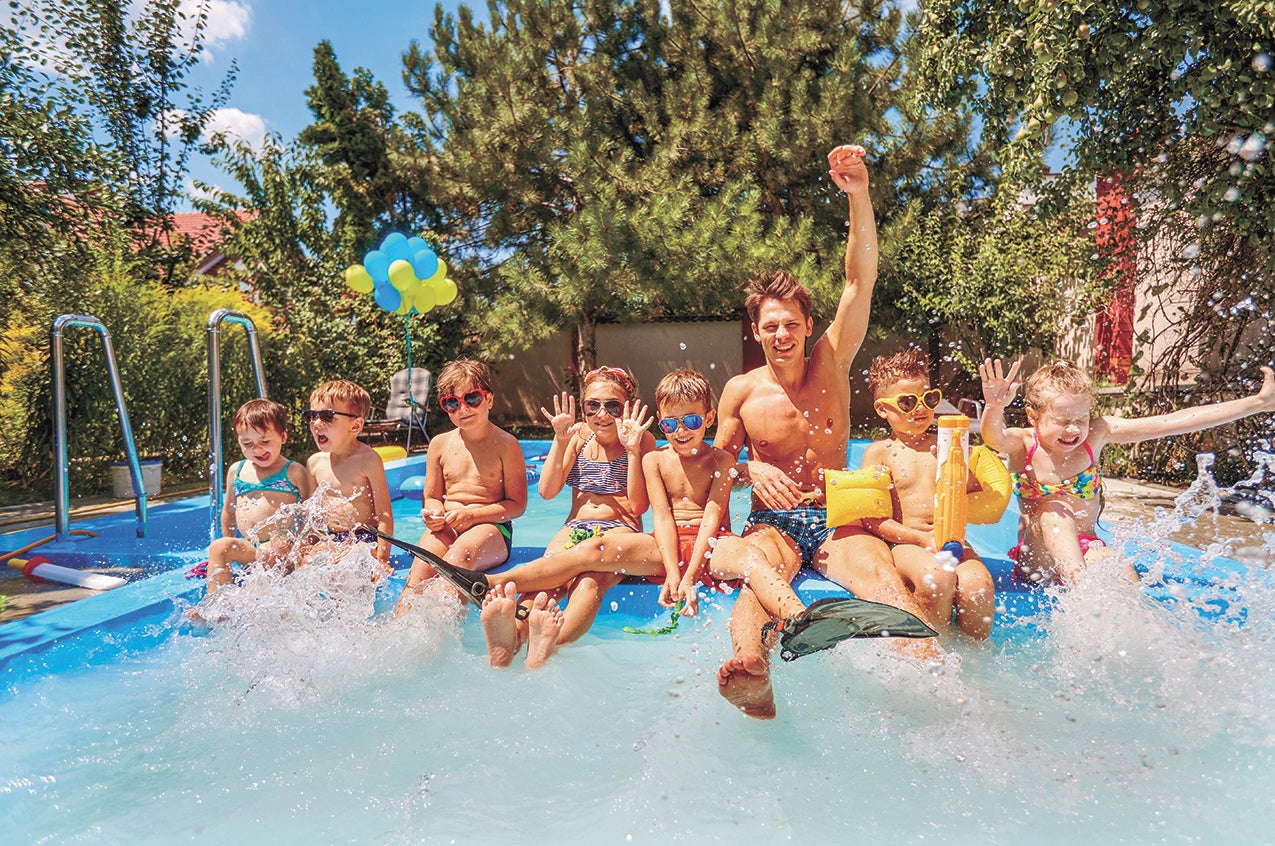The importance of safety when swimming in backyard pools
Published 12:29 am Saturday, July 11, 2020

- It’s easy to be distracted by all the fun when swimming in a backyard pool, but it is crucial that homeowners take steps to ensure everyone is safe when spending time in the pool.
|
Getting your Trinity Audio player ready...
|
Backyard pools provide families with ample opportunities for recreation. It’s easy to be distracted by all the fun when swimming in a backyard pool, but it is crucial that homeowners take steps to ensure everyone is safe when spending time in the pool.
Establish a barrier
The Consumer Product Safety Commission warns that drowning is the leading cause of unintentional death in children between the ages of one and four in the United States. Pools attract curious children, so maintaining a barrier between the home and the pool is essential. Many municipalities require some sort of fencing around pools or ladders that self-latch or can be closed off to climbing.
Locks and alarms on windows and doors that face or provide access to the backyard also can serve as barriers.
Keep play under control
Children and even adults may be swept up in the fun and engage in potentially dangerous behaviors. Pool users should not be allowed to run around the perimeter of an inground pool, as the cement can get slippery when wet and lead to falls that can cause injuries
Exercise caution when using diving boards or diving into pools. It’s easy for divers to hit their heads when diving off a board into a pool due to close proximity of the transition wall in the deep end of the pool or by diving into shallow water. The Red Cross recommends a water depth of 11.5 feet for safe diving and the transition wall should be at least 16.5 feet from the tip of the diving board. However, the standard depth for many pools is 7.5 feet of water and a slope beginning seven feet from the board.
Exercise caution with inflatables
The Good Housekeeping Research Institute found that inflatable pool toys are especially dangerous. Such toys can flip easily, putting children at risk for injury (from striking the sides of the pool) or drowning (especially if the children were ejected into deep water). Inflatables also can prevent access to the surface of the water for submerged swimmers.
Choose a backyard lifeguard
At least one person should be designated as backyard lifeguard when the pool is in use. This person should always direct his or her focus on the pool, counting swimmers and keeping track of who enters and leaves the pool. Safe Kids Worldwide suggests rotating water watchers every 15 minutes.
Pools are fun places to spend summer afternoons, especially when every step is taken to ensure the safety of swimmers.





